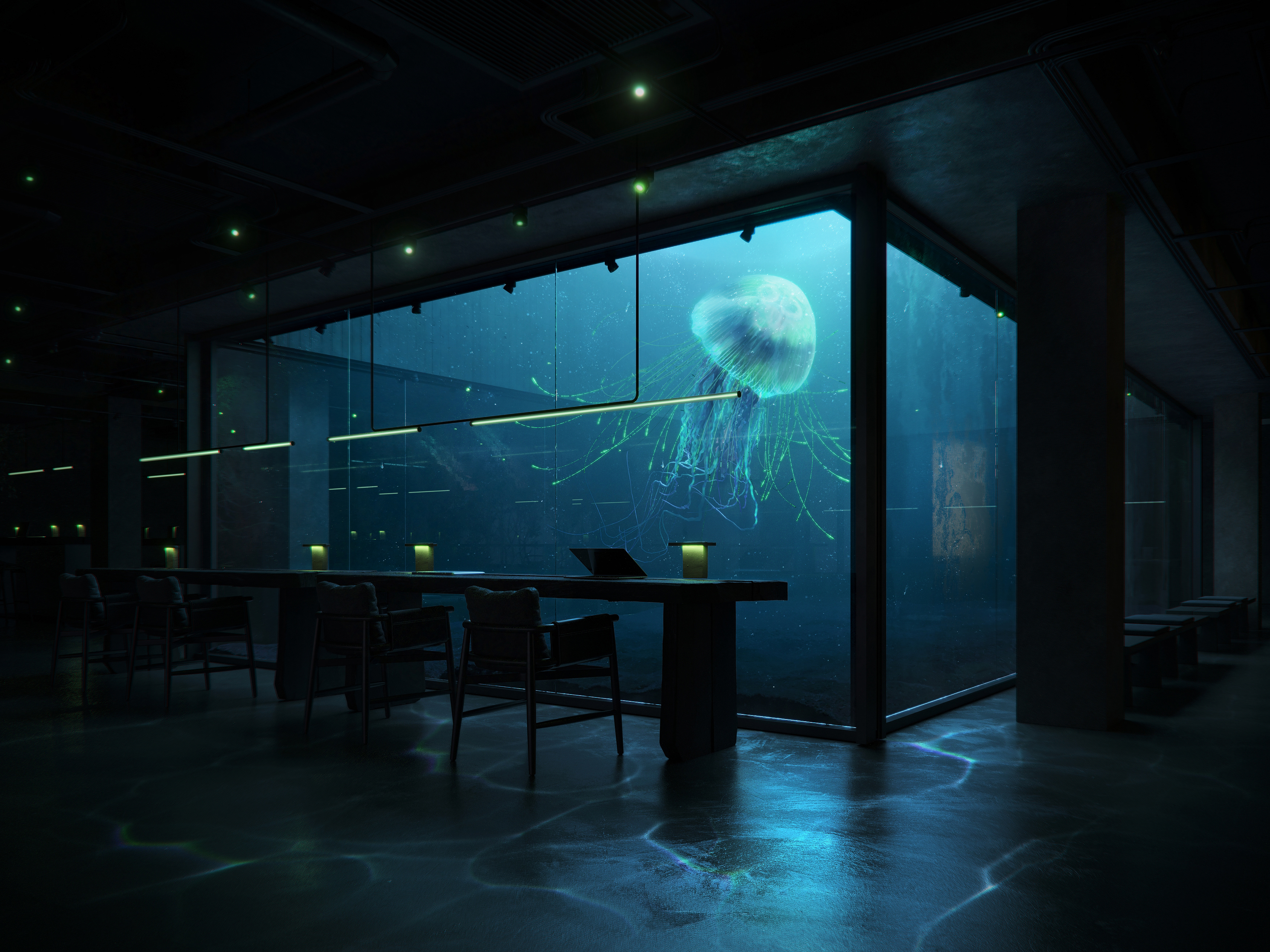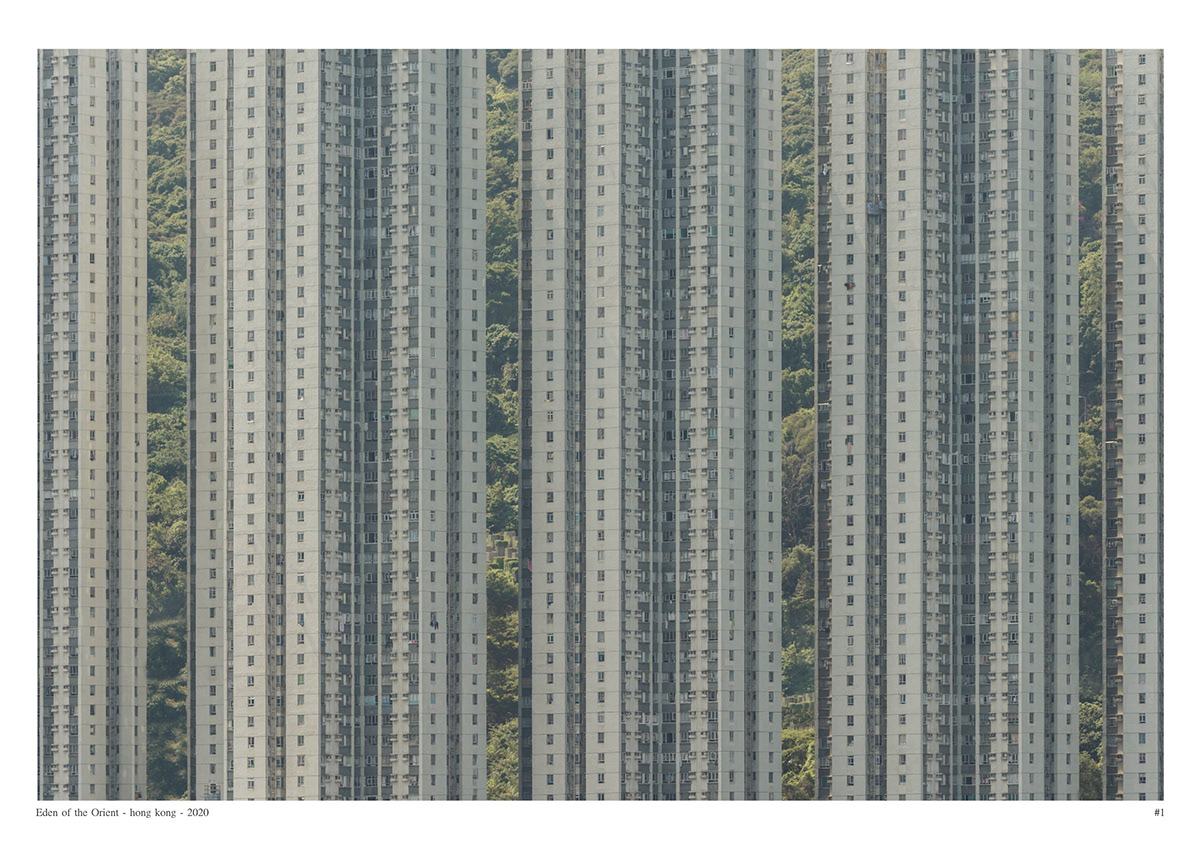
Hong Kong's Dilemma
January - June 2020
Photo Essay by Kris Provoost
(if you want to publish this project, please reach out to me at krisprovoost@me.com)
Hong Kong has been headline news for the better part of the past year and it seems this will continue for the foreseeable future. Before the corona crisis started, Hong Kong was already in turmoil. With a long list of political and social issues running through the population, the corona crisis only made the deep underlying problems more visible. Much of these problems can be traced back to one issue: a deep and severely growth limiting housing crisis. The city is at an upwards crossroad.
history
Hong Kong was long the gateway to China. Before China opened its borders to the wider world, Hong Kong was a strategic port connecting east and west. Flourishing for decades, it was the place where companies first put a foot down to tap in the massive and ever expanding Chinese market.
A result of this was a logical exploding population. Nearly doubling between 1970 and 2017, it brought along some dividing social issues. Nothing more so than the decreasing land available for housing.
Geographically, the region consists of islands and abundant green (an obvious advantage) However, these endless mountains leave only tiny slivers of buildable land. Where to put this ever rising population? Building smaller, building outwards, or just go higher?
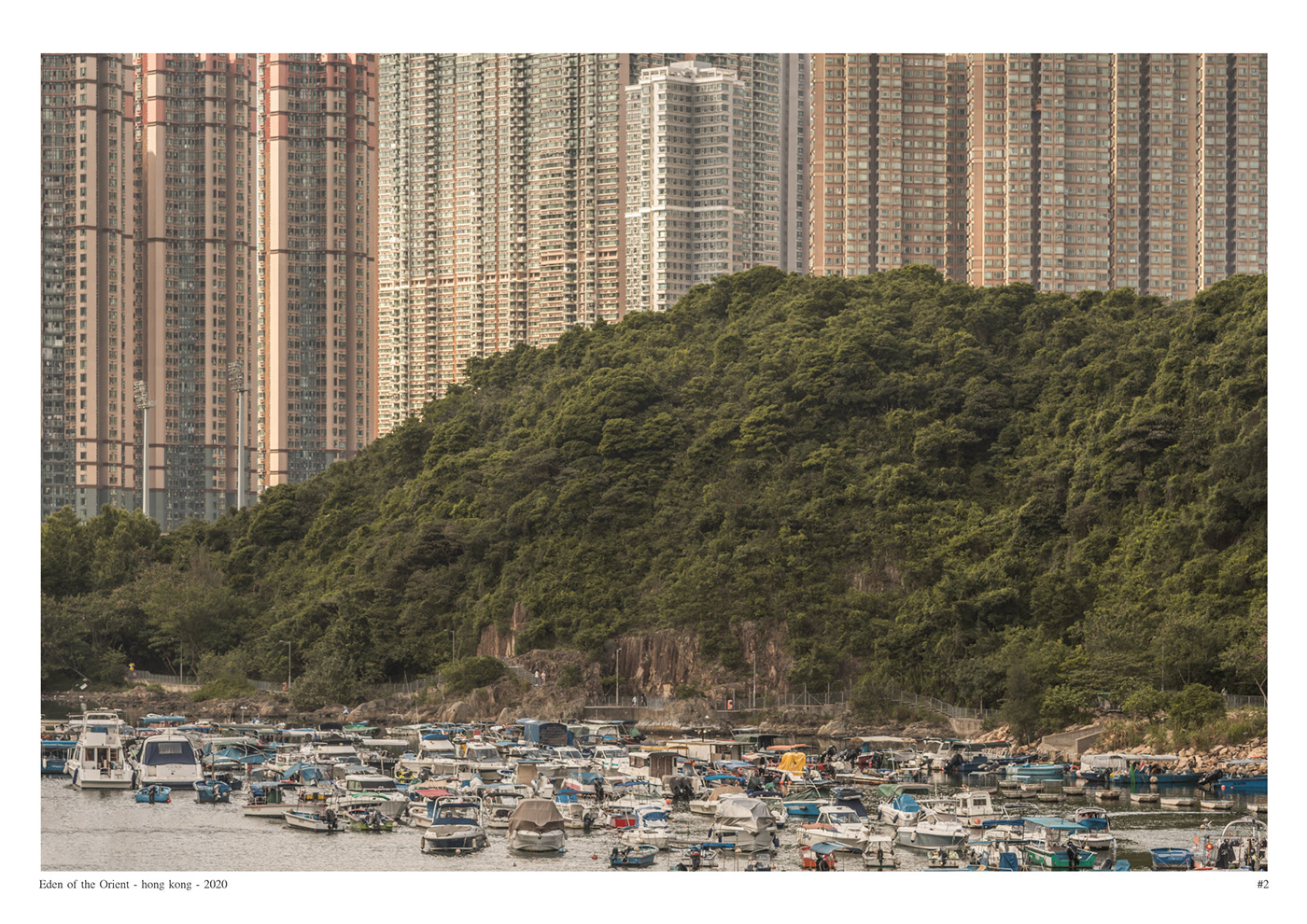
density
Hong Kong is known as a vertical city. No other city in the world has more skyscrapers (over 150m in height) than Hong Kong. With 355 skyscrapers in its cramped space, it outnumbers the 2nd ranked city, Shenzhen, which has more vast lands to put these humongous buildings. Roaming around the dense city center, leaves you to wonder where to keep building these much needed high-rises (Hong Kong is probably perhaps the only city that really needs these skyscrapers due to its limited space, or does it?)
To alleviate these pressures, the Hong Kong government started developing what they called New Towns. In essence, these new towns would be build on free land away from the dense city centre and primarily built to construct new massive housing estates. Fast-forward to 2020, the results are overwhelming. Built on tiny slivers of land forming the transition between mountains and water, high rise residential blocks are built rising up to 70 floors. That contrast forms the subject of this photo-series. Across the images, you can see nature creeping up to the housing blocks, or is it rather housing blocks encroaching on the the nature.
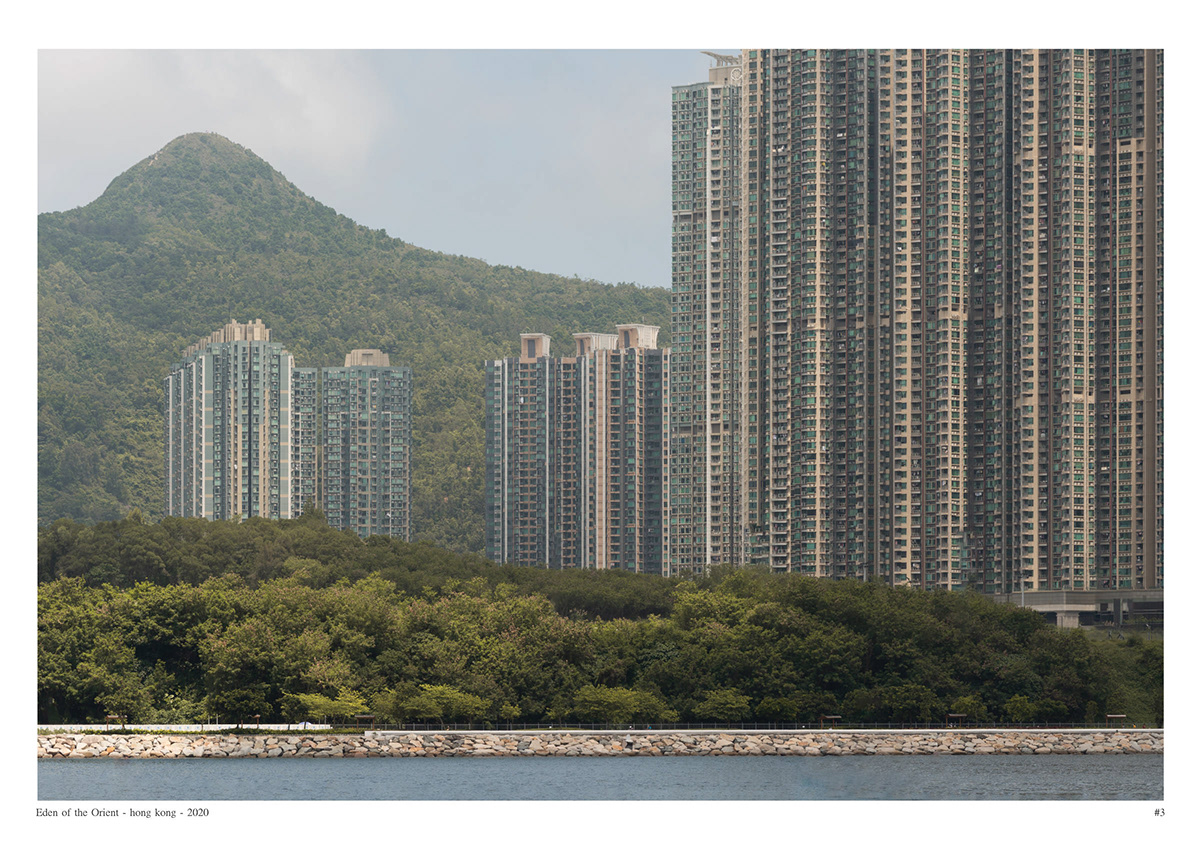
dilemma
Hongkongers are very exterior oriented. Due to the limited indoor space (every square foot needs to generate money), much of the social life happens outdoor. This would ideally be in the wide open nature during an extensive hike. In a time where we get confronted with the dangers of being in close proximity to each other (social distancing has become the new norm) being in Hong Kong you can not help but wonder how this would be possible if there wasn’t the wide open green. With ever shrinking apartments (the current average is 484 sq ft, which makes it another top ranking for Hong Kong), many Hongkongers have no other choice but to accept living small. (The average living space per capita in Hong Kong is 161 sq ft, which means many citizens live in a much smaller space)
This brings forth the dilemma Hong Kong is facing, with a mere 25% of all land allocated for construction, is it ok to encroach nature and start to build a tiny bit more spaciously?
There are obvious benefits to having nature close to you. Being stuck inside your tiny apartment, you hunker to some outdoor space to breath that fresh air. Nature is needed, nature is essential, nature is part of living. It needs to be preserved, no doubt about that.
However, with only 268 km2 allocated to house 7.400.000 people, you can start to wonder if the downsides of tiny living are greater than the upsides of having all that nature nearby. There must be severe mental complications with living in a tiny space that outweigh the thought of knowing there is nature a short subway ride away.
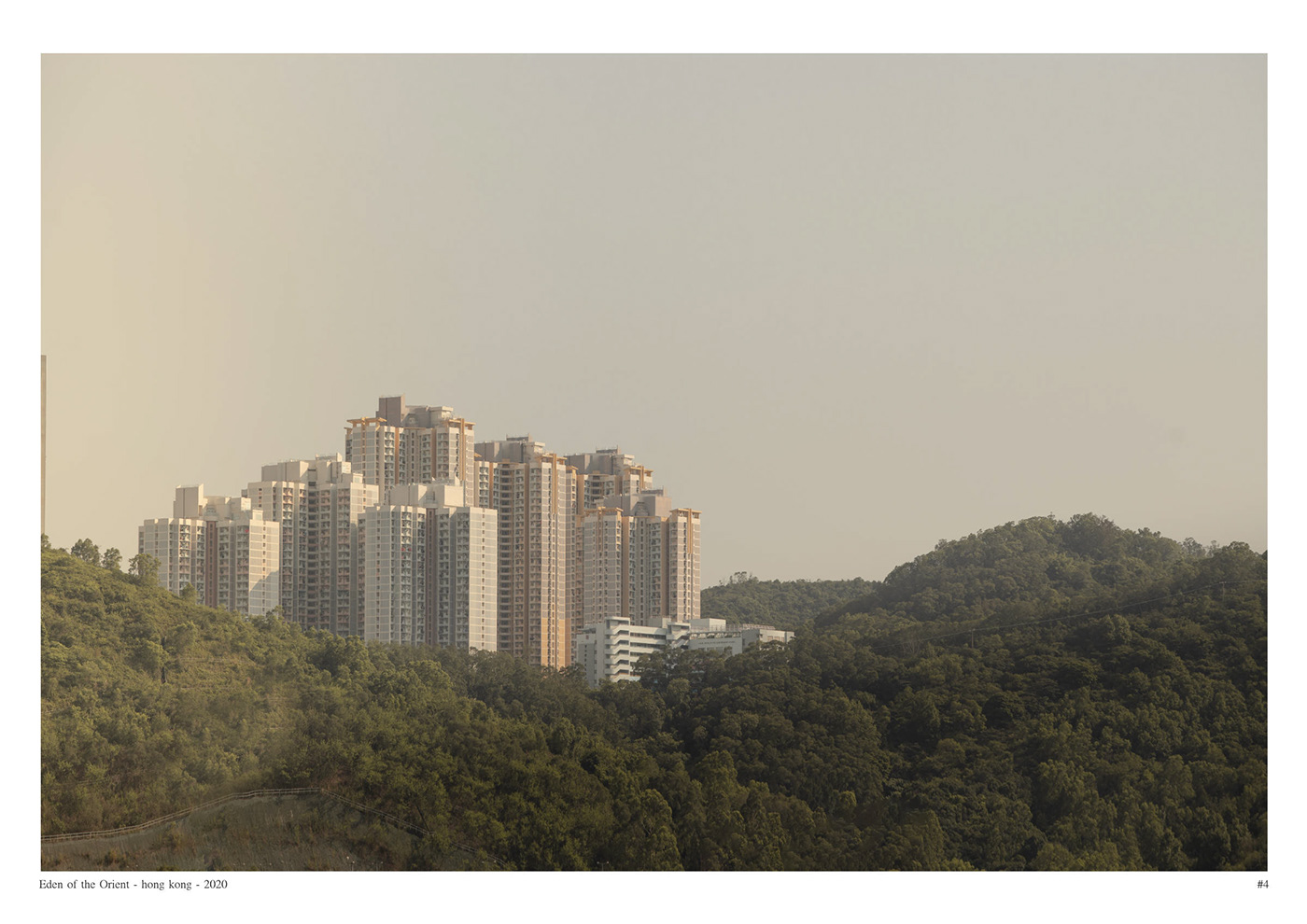
future
With the ever rising housing shortage and associated costs, there has to be a solution for future development. One trajectory that the Hong Kong government has been taken is to look at land reclamation. As most of the new towns are already build on (partly) reclaimed land it is obvious to solve the land shortage with building more reclaimed land. This is exactly what the next proposed megaproject is for Hong Kong: Lantau Tomorrow Vision. This project would become the most expensive infrastructure project the city has ever undertaken and has logically faced a lot of discussion.
While much of Hong Kong has seen land reclamation to extend shorelines and decrease the iconic Victoria Harbour, one can ask if it is necessary to build on water. With a disproportionate land use between residential land and the country park, you could wonder if it would perhaps be ok to encroach slightly in these boundary and find a more cost-efficient solution for the land shortage. After-all Hong Kong isn't short of land, it is short of land dedicated for housing.
If all fails, we could also decide to live even smaller and increase density on the land that has been allocated for housing. Spend less time indoor and enjoy the country park because they take a big chunk out of our wallets each month.
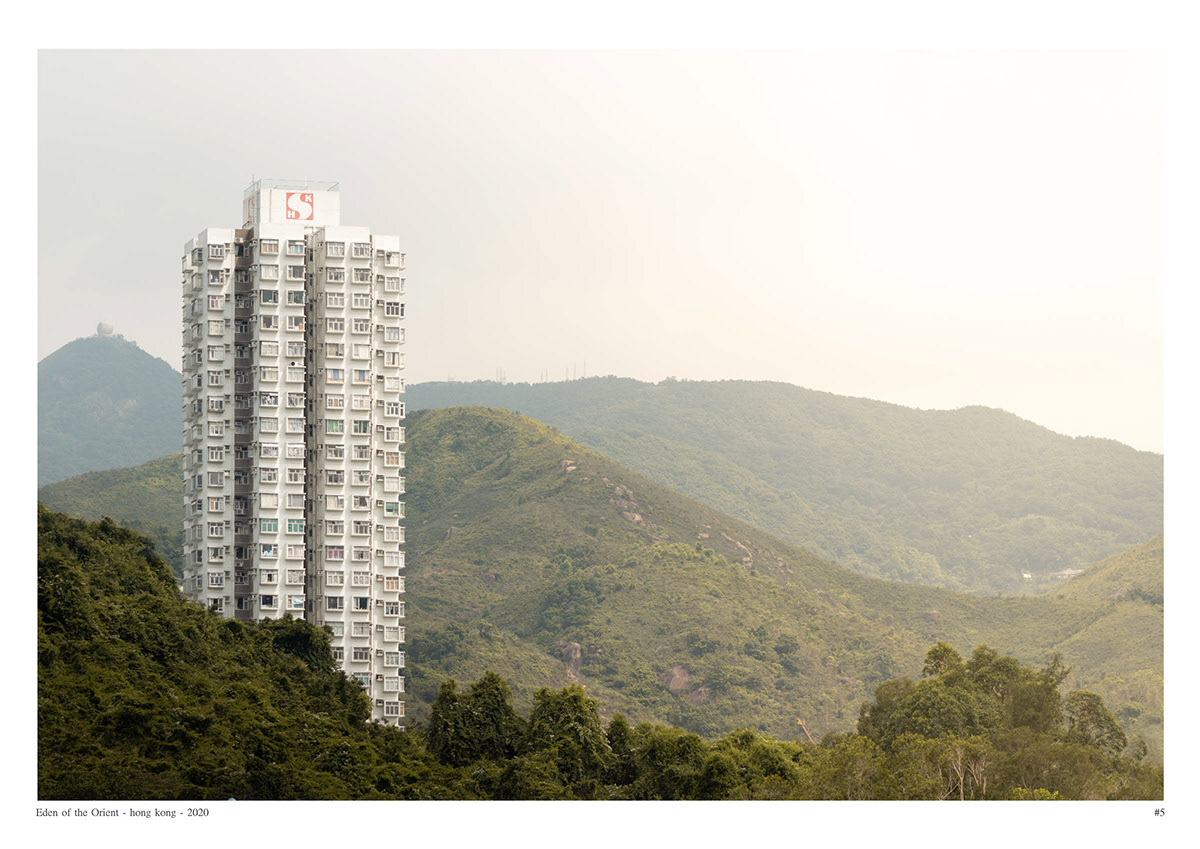
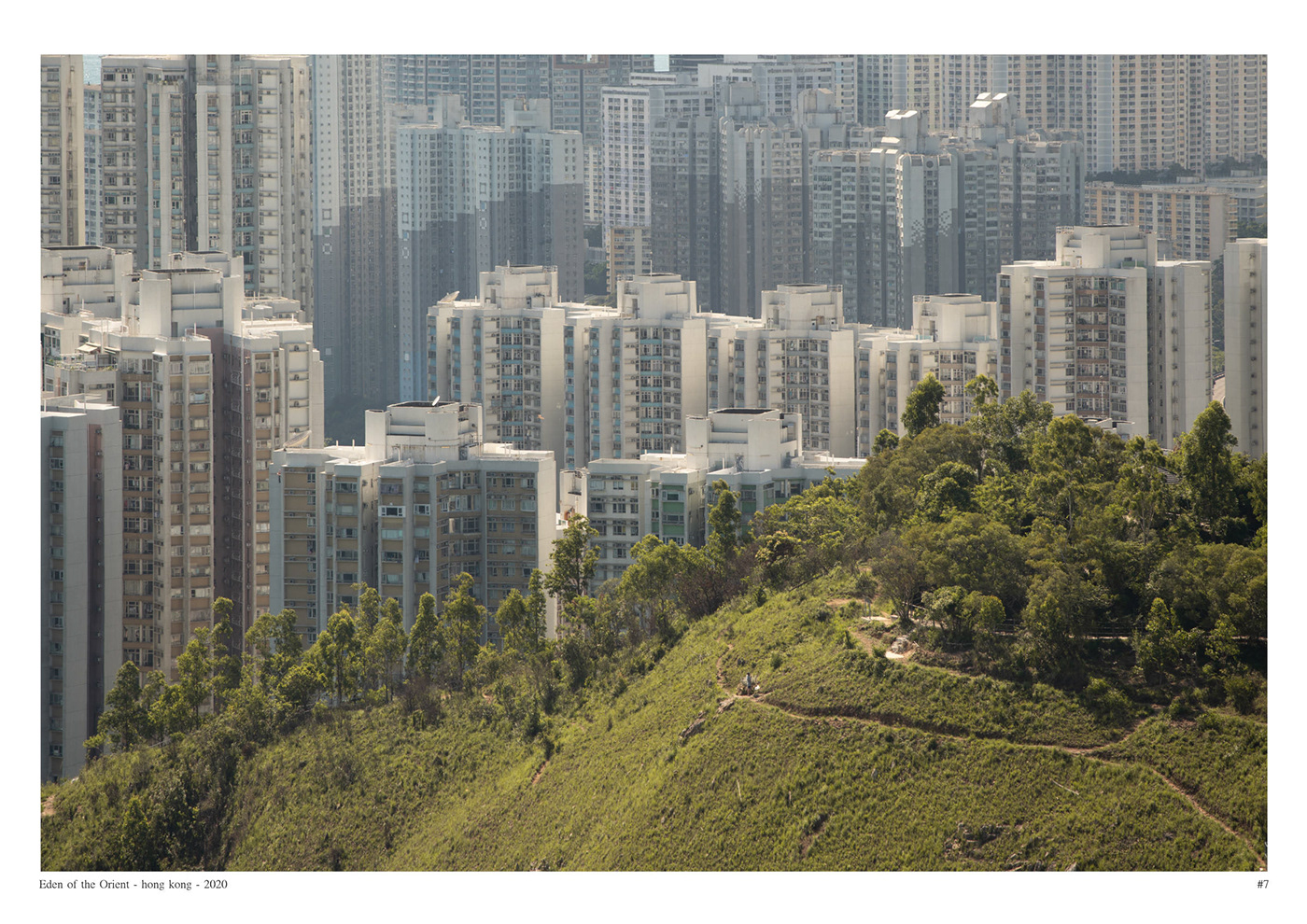
Hong Kong’s New Towns
To accommodate Hong Kongs rising population, the Hong Kong government started developing ‘new towns’in the 1950s. The first of these were Kwun Tong (eastern Kowloon) and Tseun Wan (South-West of the New Territories). After the success of these, the government continued the development of more new towns in the 1960s and 1970s. The idea was to make these new towns self-reliant meaning that besides residential areas there would be industrial, commercial and recreational areas. This to make sure the residents wouldn't need to travel back and forth to the city centre in Kowloon and Hong Kong Island. The self-reliance aspect in the development of the new towns didn't work, yet, the new towns became vibrant centers on their own.
The different new towns usually have a very high density with a majority of the area allocated to housing. Commercial facilities like shopping malls were integrated with sports and other recreational facilities. Each of the new towns is easily reached by public transport through subway and bus routes that can bring you to other areas in Hong Kong with relative ease.
While the original new towns were build on existing land, the newer new towns have increasingly been build on reclaimed land due to the hilly nature of Hong Kongs landscape.
Future plans for the new towns involve further development of existing new towns with expansion as per the original plans. Most new towns still are further expanding to house the increasing Hong Kong population.
The Hong Kong New Towns are planned to house 4,039,000 people (> 50% HK’s total population)







Kris Provoost
Photo Essays documenting urbanism and society
About:
Kris Provoost is a Belgian photographer based in Hong Kong. He has been active in Asia the past decade capturing buildings and cities, to better understand the built environment.
After graduating with a Master in Architecture, he relocated to Beijing where he started his architecture career contributing to buildings spread around Asia. He worked for highly respected design firms including Zaha Hadid Architects, Buro Ole Scheeren and gmp. As a photographer he has worked with some of the most well-known established architects and engineers.
Photos have been published in Vogue, Architectural Digest, CNN Style, The Guardian, Aesthetica Magazine, South China Morning Post, Dezeen, ArchDaily, Designboom.
2020 - HONG KONG > EDEN OF THE ORIENT
Eden of the Orient is a visual essay focusing on the housing shortage in Hong Kong. By documenting the various government developed New Towns, the visual essay portrays the repetitive housing estates in relation to the abundant nature that is covering much of the land available in Hong Kong. The photos show the dilemma that Hong Kong is currently facing: land shortage for land, yet have abundant greenery. How to handle the rising population in the future?
2019 - CHONGQING > HUMAN vs CITY
With more and more people living in cities, city population grows exponentially. Rising housing needs and increased infrastructure development as a consequence.China is bound to become the number one world power. After decades of immense progress, the country rose to the top. With a tremendous speed, many Chinese cities have exploded and house tens of millions of people. Humans and city were forced to coexist.
In Frame: Chongqing, a city of contrasts. While this is said about a lot of Chinese cities, Chongqing brings this description to another level.
Chongqing is the most populated city proper, according to Wikipedia. With more than 30 000 000 people in its streets, the city tends to feel dense at times. This feeling becomes most apparent when viewed from a distance. The streets and buildings of Chongqing offer surreal vantage points that leave you breathless.
HUMAN vs CITY is a photo series portraying humanity in the megapolis.
2017 - 2020 > BEAUTIFIED CHINA
First published on Behance
Part III, 2020, https://www.behance.net/gallery/91760055/BEAUTIFIED-CHINA-III-THE-ARCHITECTURAL-REVOLUTION
It all started around thirteen years ago. As China was gearing up to host the 2008 Olympics in its capital Beijing, the architecture they were planning to build was just that tiny bit bolder, more daring and more provocative. When the Olympics eventually rolled through in the summer of 2008, I had just completed my Bachelor’s degree in architecture. During the following two years, while completing my Masters degree, I closely followed the construction of many of those iconic projects. China is a country that uses architecture to transform itself.
Beautified China is a selection of the most striking modern buildings that have been erected in the country over the past two decades. From arched skyscrapers, infinity loops, and stacked chopsticks to moving tubular curtains, this book offers a glimpse of China’s endless supply of breathtaking architecture. From the well- known cities (Beijing, Shanghai, Hong Kong) to the lesser-known cities deep inside China’s mainland (Harbin, Changsha, Wuhan ...), this book is guaranteed to offer you a new view of the Middle Kingdom (the literal translation of Zhongguo, the Mandarin name for China).
